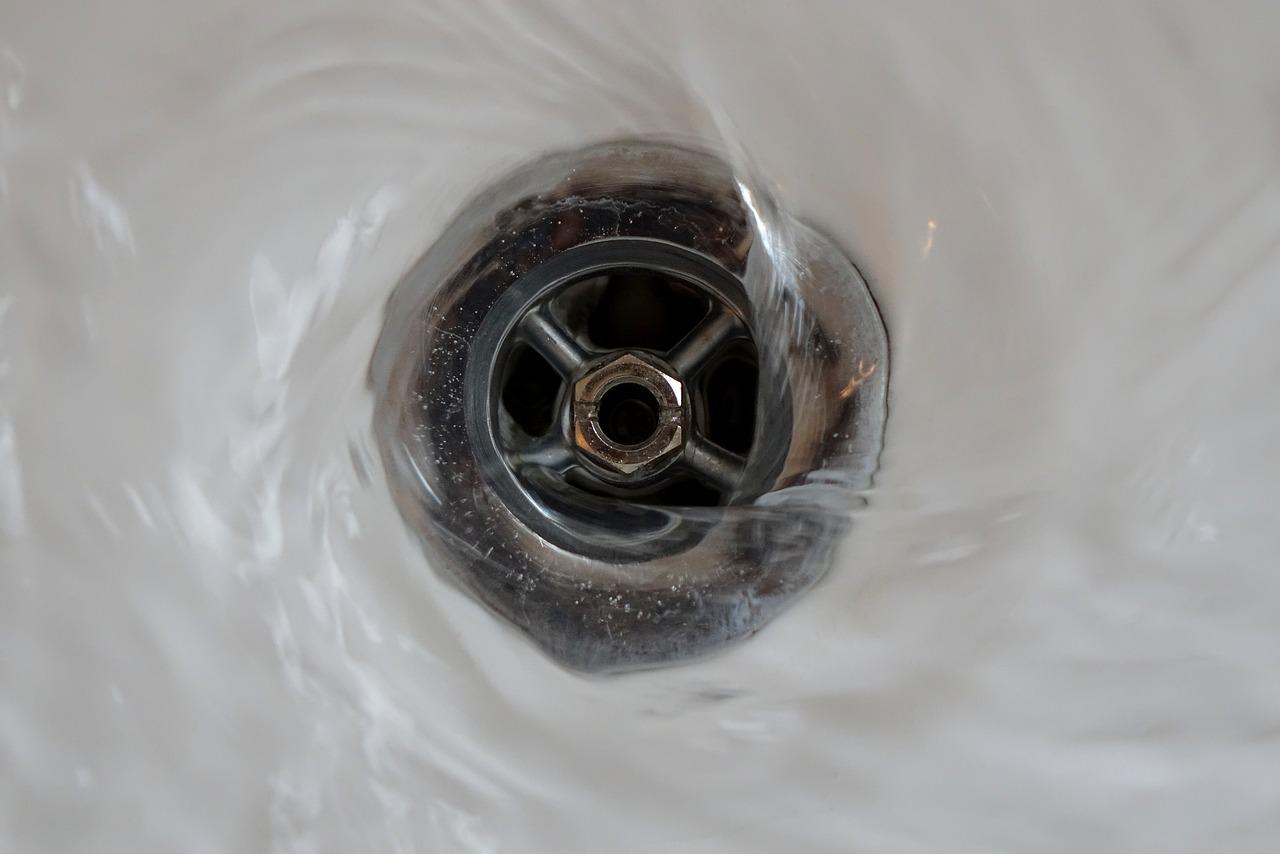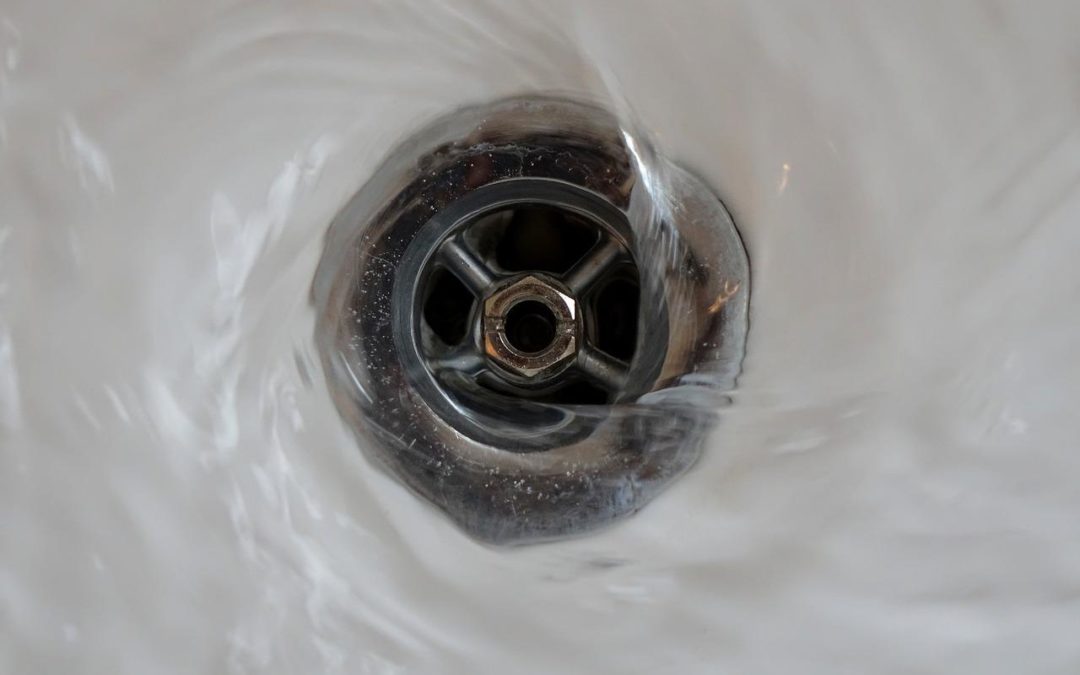How to Deal With a Clogged Sewer Line Backing Up Your Home's Plumbing in San Antonio
What to do when your home’s plumbing is stopped up.
When you have a clogged drain in your house, most people will find a plunger and start plunging away. It might be a shower drain, a sink drain or even a clogged toilet. But what happens when you’ve plunged and plunged and it doesn’t work? You just might have a clog in your main sewer line that will stop up ALL of the plumbing in your house. When this happens, you can end up with flooding and plumbing problems all over your home.
To prevent serious flood or water damage, you need to be able to identify clogged sewer lines and know when to call a professional plumber to solve your problem.
Are My Main Sewer Lines Clogged?
Within the walls of your home, you have drain lines carrying waste water away from sinks, toilets, tubs, showers and appliances like your washing machine and dishwasher. All of these lines lead to your home’s main sewer line that leads out to your city’s sewage system. When your sewer line gets clogged, drains all over your home are unable to flow and you could even end up with water backing up out of your fixtures, your toilets, leaky pipes and other problems.
If you find yourself with a main sewer line clog, there’s not really any do-it-yourself way of fixing these clogs. These sewer drain lines are buried deep under the ground far away from your house. You most always will need special equipment and professional know-how to tackle the issue. Though you usually can’t repair it yourself, there are still a few things you can do to keep the problem from getting worse until a local, professional plumber can arrive.
What are the main causes of Clogged Sewer Lines?
This type of clog is fairly rare, since most sewer lines are big, usuually 4 to 6 inches wide. It usually only happens if something has gone VERY wrong in your plumbing system. One of the most common causes of a clog is damage to the sewer line itself. If a pipe is crushed, collapses or bends, the damage can keep waste from moving through the line properly. The most common forms of damage to sewer lines in the San Antonio TX area are:
- Tree roots growing into the sewer line or crushing it
- Shifting soil around the pipe
- Corrosion within the pipe
- Construction near the line – heavy equipment crushing the sewer line
- Heavy traffic above the sewer pipe such as vehicles, RV’s, etc.
- Damaged pipe joints that fall apart over time
- Sagging or bent sewer lines (from age)
If your sewer line isn’t physically damaged, there is the possibility of a clog!
The most common type of clog in a sewer line is fat or grease or hardened bar soap. As for grease, If you pour grease from cooking, fats or oils down a sink drain, they will eventually cool down and harden into a clog deep under your home and most likely far away from your home underground. Even if you run hot water while putting grease down your sink drain, that hot water doesn’t stay hot forever. It will cool down within a few feet as it runs through your pipes and it will harden and develop a clog. Also, potato skins are extrenely popular for clogs. Potato skins don’t belong down your drain because they don’t disolve, even if you grind them up with your sink disposal. Chuck those spuds in the garbage, not your sink drains.
Other types of debris that often causes clogs includes things that don’t dissolve in water such as paper towels, flushable wipes (which are NOT flushable by the way – total gimmick!), sanitary products such as tampons or pads and other bulky items flushed down the toilet. You should never send anything besides liquids and toilet paper down your toilet. Everything else is at risk of becoming a clog.
Tree Roots in homes that are older and have mature trees! Tree roots are very powerful. Tree roots are known to lift and crack concrete driveways, sidewalks and even the foundations of houses throughout the San Antonio Texas area. It’s no surprise that tree roots can break, crush or grow through your sewer lines. You may not notice a significant leak since the root will clog up the broken area in the line. However, as the roots keep growing inside of the pipe, they form a blockage through which sewage has a hard time passing through. And your trees simple see your sewer line as a source of water for survival.
Here are the main signs Your Sewer Line May Be Clogged!
Most clogged sewers happen slowly over a period of time. Being able to identify sewer line clogs early will help you address problems before you end up with a huge problem. Here are some things to look out for if you suspect that you may need a sewer line cleaning:
Dark Dirty Water:
One of the main signs of a sewer line clog is water backing up in your tubs or showers. This happens when you try to drain water but there’s nowhere for it to go because the sewer line is clogged. The water then backs up into your home again. In most houses, your waste water will back up in a different area of your home such as the shower, tub or elsewhere. If you have a two story home, you may use a toilet or a shower, it drains upstairs just fine and then the wastewater comes back through a drain on your first story.
Wastewater that backs up from your sewer line isn’t clear. It will usually be dark, stinky and dirty-looking. Keep in mind that this water can have raw sewage and has germs, so you need to be cautious around it. Use proper protective gear and anti-bacterial cleaners such as Lysol brand when cleaning up after dark water flows into your drains.
Drains that are slow to drain.
Do you notice water pooling whenever you run the water in a sink or shower? Your drains typically slow down when there’s a clog because most sewer line clogs do not suddenly block ALL of the pipe. Instead, debris accumulates over time as the clog becomes bigger and bigger, making it harder and harder for waste to move through your sewer line.
If all the drains in your home are starting to slow down, it’s probably a clogged sewer line. Typically, the first drains you will notice slowing down are the toilet drains. When you flush the toilet, the water may seem to hang there for a moment before gradually sinking down. Toilets are often the first drain affected by a sewer line clog because they’re usually connected directly to your sewer line.
Gurgle Sounds in your plumbing drains.
Because a sewer line clog keeps your drains from working the right waw, you might get some weird noises as you use your home’s plumbing. When you run a sink, flush a toilet or use a washing machine, water and air bubbles can form. All this stuff rumbling around in your pipes can cause sounds that you can hear in diffent places throughout your home’s walls.
The most frequent sound people report is a gurgling sound that happens while your using a drain. If your main sewer line is almost entirely clogged, it can take a while for stuff to drain through.
Clogged Plumbing Fixtures.
If your clogged sewer line goes unchecked for a while, you’ll notice that when the clog builds up, almost no waste water will be able to move through the pipe. When this happens, your drains quit working altogether. Instead of just slightly slow drainage, your plumbing fixtures will seem to quit draining all at once.
Remember that all the plumbing fixtures in your home are all connected to the same sewer line, so a clogged sewer pipe will stop all of your sinks, tubs, showers and toilets all over the house at the same time. If you run the kitchen sink, you may walk into the bathroom to find a shower drain is clogged. Your toilets on your second story might seem to work fine, but then when you go downstairs, all the sinks may be clogged.
What to Do When You Know Your Sewer Line Is Clogged?
Finding that your sewer line is clogged is the main challenge. Once you realize it’s happening, the solution is simple. You just need to keep calm and follow these two simple steps:
1. Turn off ALL the Water
Turn off the water in your home. This step is important because it keeps the situation from becoming worse. Someone in your home could turn on a clogged sink and end up flooding one of your bathrooms with raw sewage which is dangerous to yourself and your family. It also keeps leaking pipes or automatic processes — like a dishwasher on a timer — from trying to drain more water into your clogged line. Don’t use appliances that will drain water until you get a professional plumber out to your home.
To turn off your water, you need to identify your water main, which is the line that supplies your home with water – usually in your front yard right by your water meter. It typically has a large wheel, handle or lever. Turn it until it’s entirely closed off.
2. Call Air & Plumbing Today for a professional plumber ASAP.
The problem with DIY repair is that the majority of sewer line clogs are caused by broken pipes, tree roots and other issues deep within your plumbing system. Most people who know how to handle a basic drain clog don’t have the tools for sewer drain clogs.
The expert plumbers with Air & Plumbing Today have sewer line inspection cameras, heavy duty main sewer line cleaners and other equipment that lets inspect, identify clogs them clear away. They also have the knowledge and experience to diagnose the exact cause. Just dumping some store bought main drain cleaner down a toilet yourself won’t help you identify and repair tree root growth or other serious plumbing problems.
Getting a professional to examine your whole plumbing system will help ensure the real problem is addressed. Depending on your situation, you may need to replace sewer pipes entirely, which can involve digging up the yard and doing some major plumbing.
How Do You Unclog a Sewer Line?
Ultimately, you do need a professional plumber who’s from the local area and knows how to unclog a sewer line based on what’s happening in your area. However, there are a few things you can do to at least try mitigating the clog before your contractor arrives.
Many homes have a sewer line cleanout opening, which is a large pipe with a cap on the end, found on an exterior wall or near the wall outside of your home. You can remove this cap to access your main sewer line. If you get very lucky, the clog might have been forced against your cleanout, in which case, you can just pull it out manually. But it’s super gross so be ready….
You can also try running a plumbing auger through the sewer line. This may break up the clog or enable you to pull out some of the debris. However, sewer line clogs are often big enough that the standard drain auger can’t fix the clog.
Most of the time, using a “pipe snake” on your sewer line yourself will just get things moving a little, making it easier to clean up backflow and get your home in livable condition. Keep in mind that clogs will probably keep happening until you get a thorough sewer line cleaning. You’ll still need to call in a licensed plumber to handle the main clog. Remember, the clog might even be several feet long – a clog that has accumulated over a long period of time.
When you call Air & Plumbing Today even big plumbing problems don’t have to stop you in your tracks! Air & Plumbing Today in San Antonio has friendly plumbers ready to fix your plumbing problems at great prices. We have a fleet of trucks positioned all over San Antonio and surrounding areas ready to tackle the toughest plumbing jobs! Plumbing emergency? ¡No problema! Call us now at 210-519-5959

Our Offices
3615 Tavern Oaks San Antonio TX 78247
Call Us
Email Us
Hours
24/7 EMERGENCY SERVICE


Recent Comments